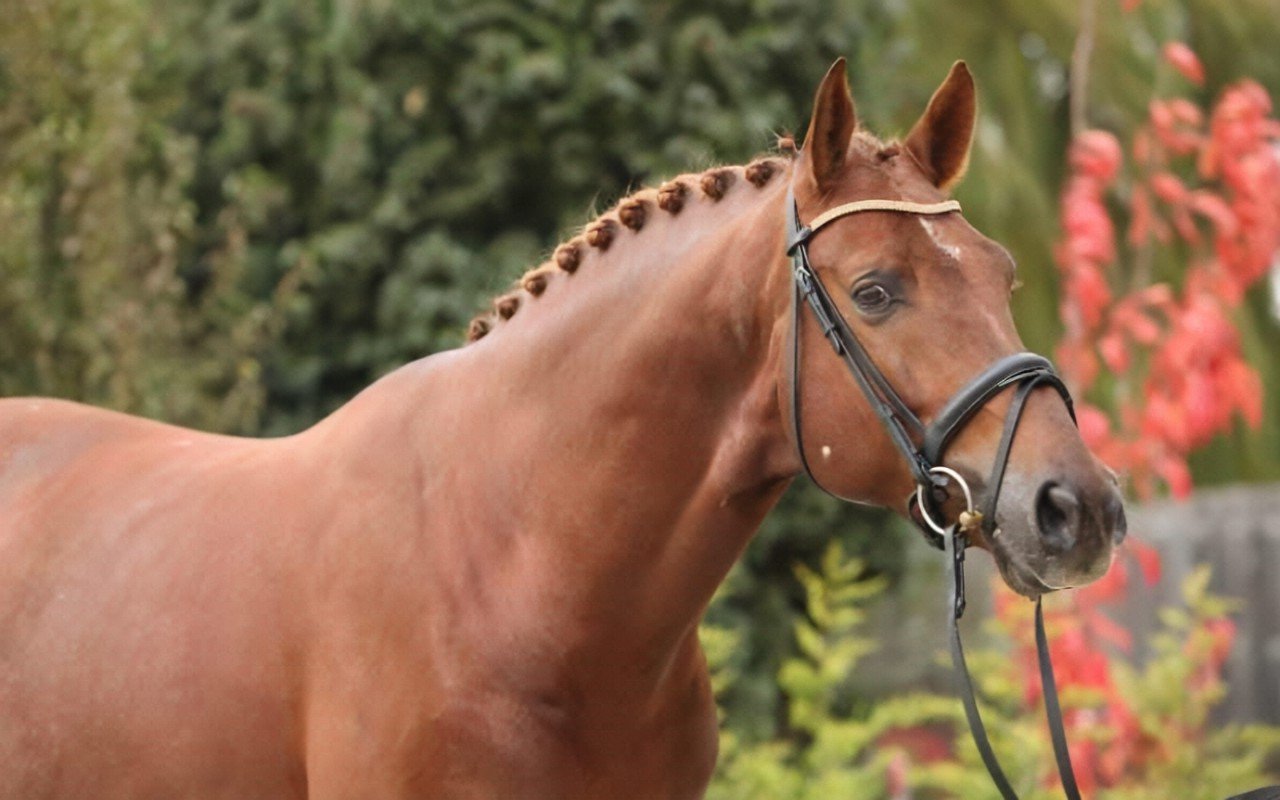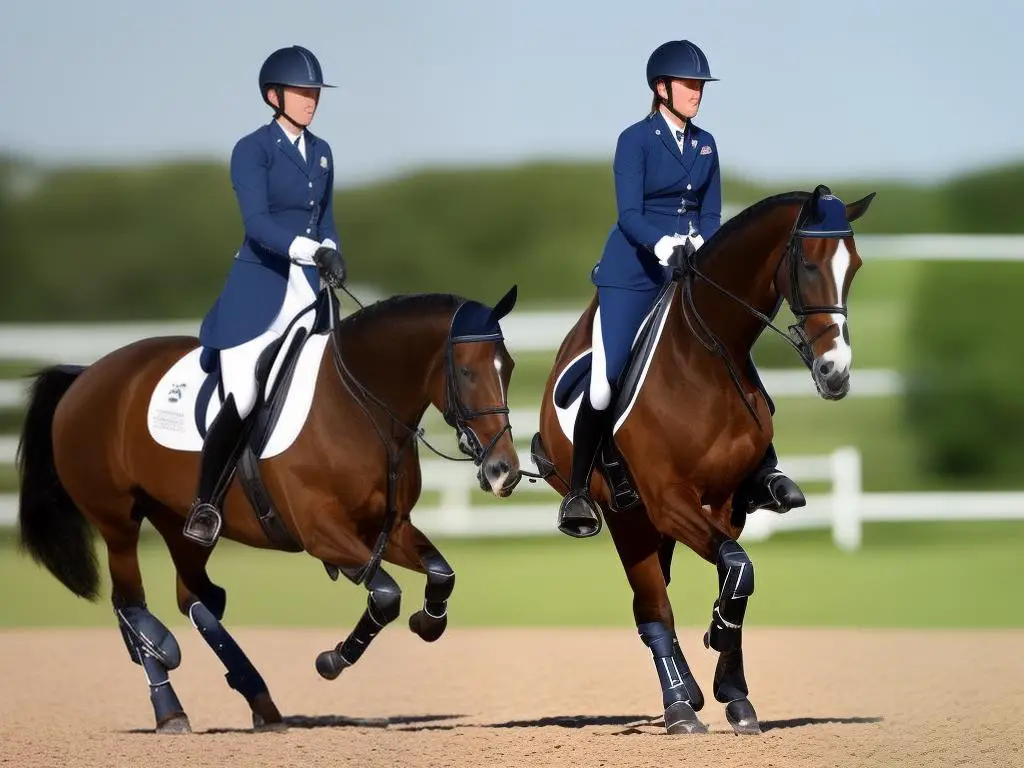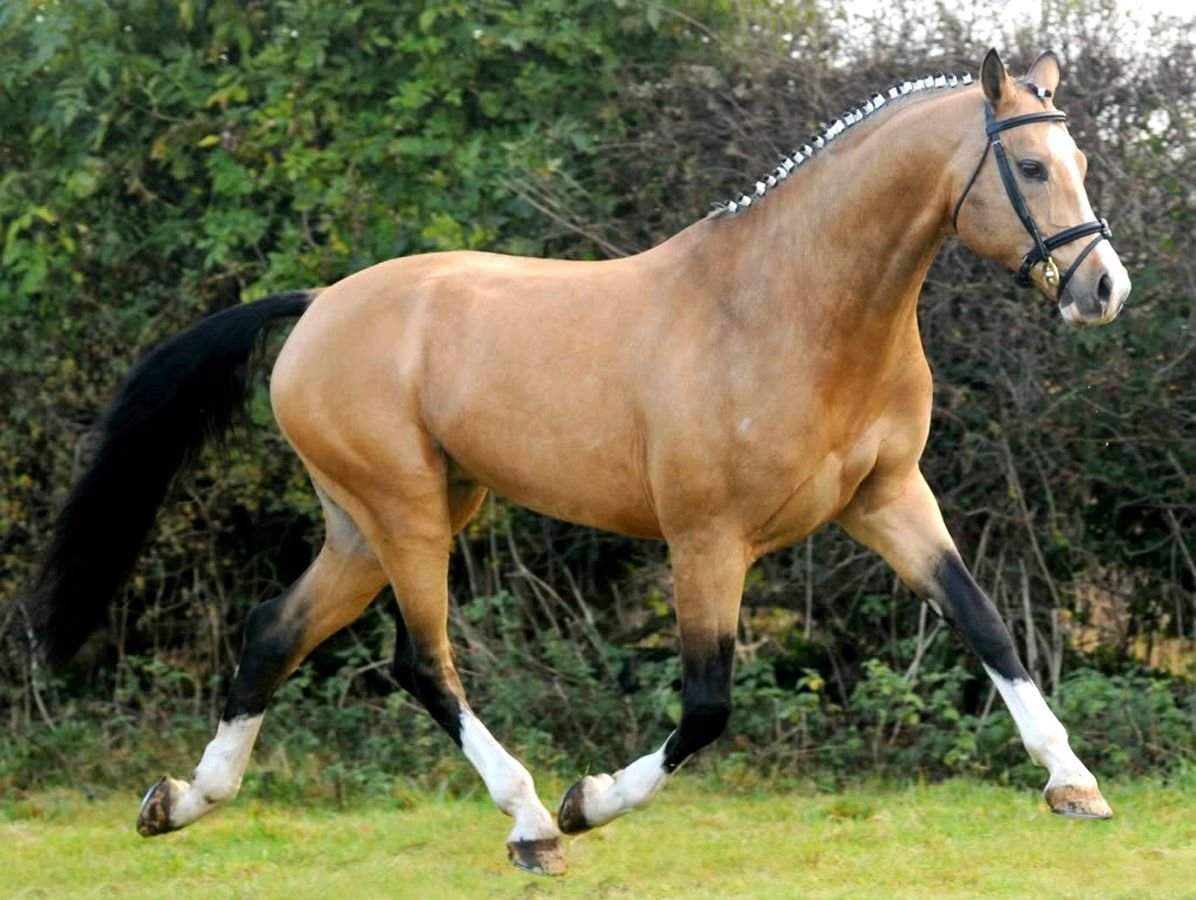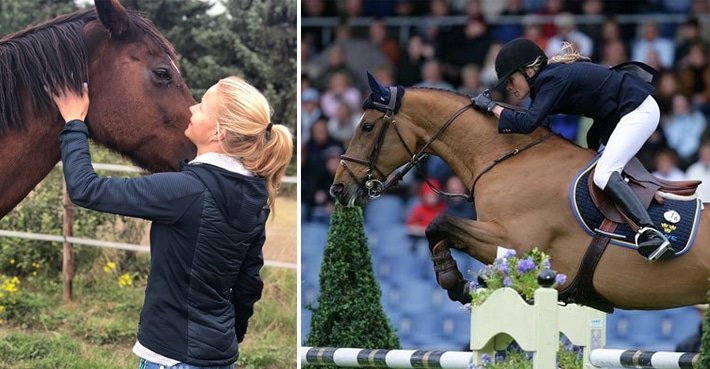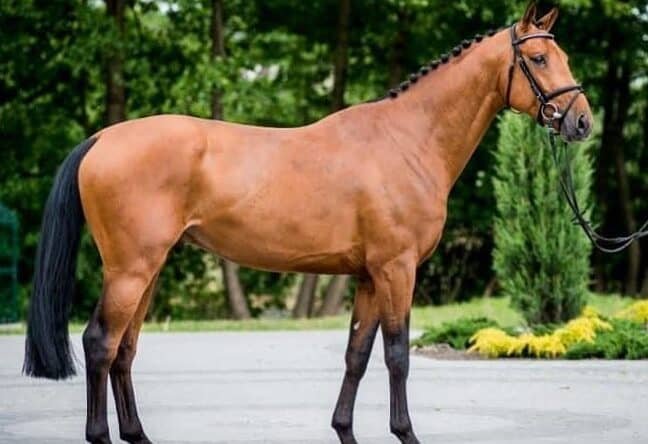Warmblood horses are among the most versatile and admired equine breeds in the world. Known for their athleticism, balanced temperament, and adaptability, warmbloods excel in a variety of equestrian disciplines, making them a popular choice for riders of all levels. Here’s an overview of their characteristics, traits, and what sets them apart.
1. What Are Warmblood Horses?
Warmbloods are a group of middleweight horse breeds originating primarily from Europe. They are called “warmbloods” because they blend the fiery nature of “hot-blooded” horses, like Thoroughbreds, with the calm and sturdy disposition of “cold-blooded” draft horses. This combination results in a horse that is athletic yet manageable.
2. Key Characteristics of Warmblood Horses
Physical Traits
- Size: Warmbloods are typically larger than ponies but smaller than draft horses, standing between 15.2 to 17 hands tall.
- Build: They have a well-muscled, elegant physique with strong legs and a proportional frame.
- Movement: Warmbloods are known for their fluid, graceful gaits, which are ideal for dressage and show jumping.
Temperament
- Calm and Trainable: Warmbloods are easy to handle and eager to learn, making them suitable for riders of varying experience levels.
- Intelligent: They quickly pick up on training, excelling in disciplines that require precision and skill.
3. Common Warmblood Breeds
Several warmblood breeds have become iconic in the equestrian world:
- Dutch Warmblood (KWPN): Renowned for their success in show jumping and dressage.
- Hanoverian: Valued for their athleticism and consistent performance in competitive events.
- Holsteiner: Known for their strength, agility, and jumping ability.
- Oldenburg: Celebrated for their elegance and versatility in multiple disciplines.
- Trakehner: Praised for their light build and exceptional movement in dressage.
4. Traits That Make Warmbloods Unique
Versatility
Warmbloods excel in various equestrian disciplines, including:
- Dressage: Their smooth movements and natural elegance make them stand out in this sport.
- Show Jumping: Their power and agility are perfect for tackling challenging courses.
- Eventing: They perform well in the three phases of eventing: dressage, cross-country, and show jumping.
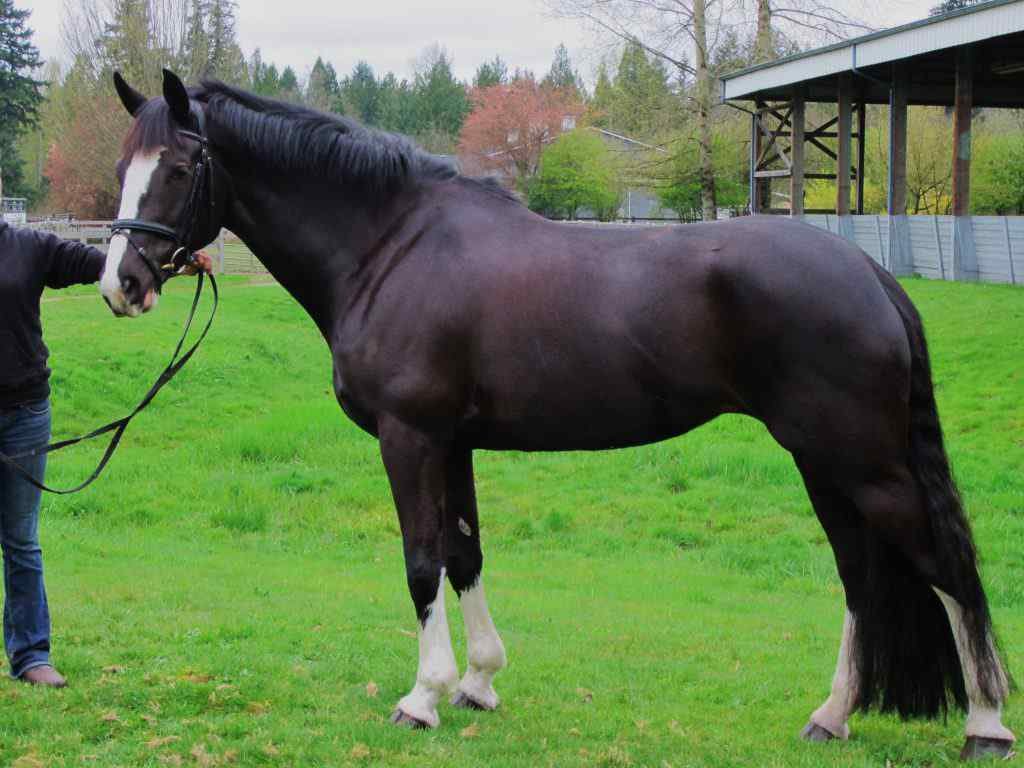
Soundness and Longevity
Warmbloods are bred for durability and tend to have fewer soundness issues, allowing them to compete and remain active for many years.
Customizable Breeding Programs
European warmblood registries focus on performance-based breeding, ensuring each generation maintains or improves on desirable traits like athleticism and temperament.
5. Why Choose a Warmblood?
Warmbloods are an excellent choice for riders who want a horse capable of competing at high levels while also being suitable for leisurely riding. Their combination of power, grace, and gentleness makes them a favorite among equestrians.
Conclusion
Warmblood horses embody the perfect balance of athleticism and temperament. Their adaptability and success in competitive arenas highlight why they are some of the most sought-after horses worldwide. Whether you’re a professional competitor or an enthusiastic amateur, warmbloods offer a reliable and rewarding partnership.







